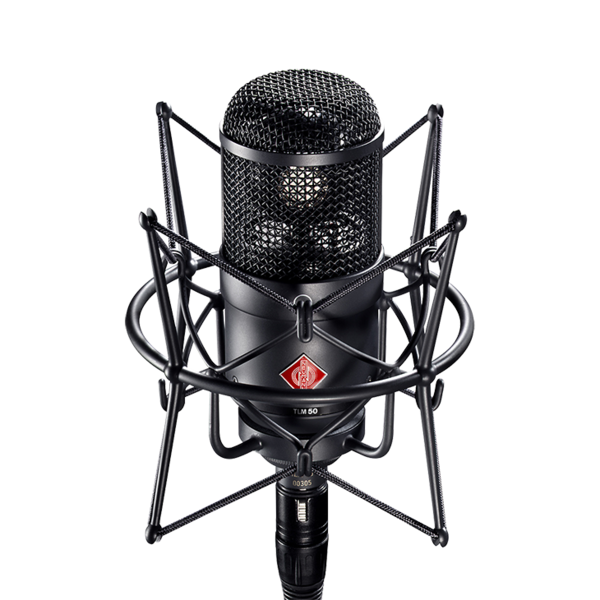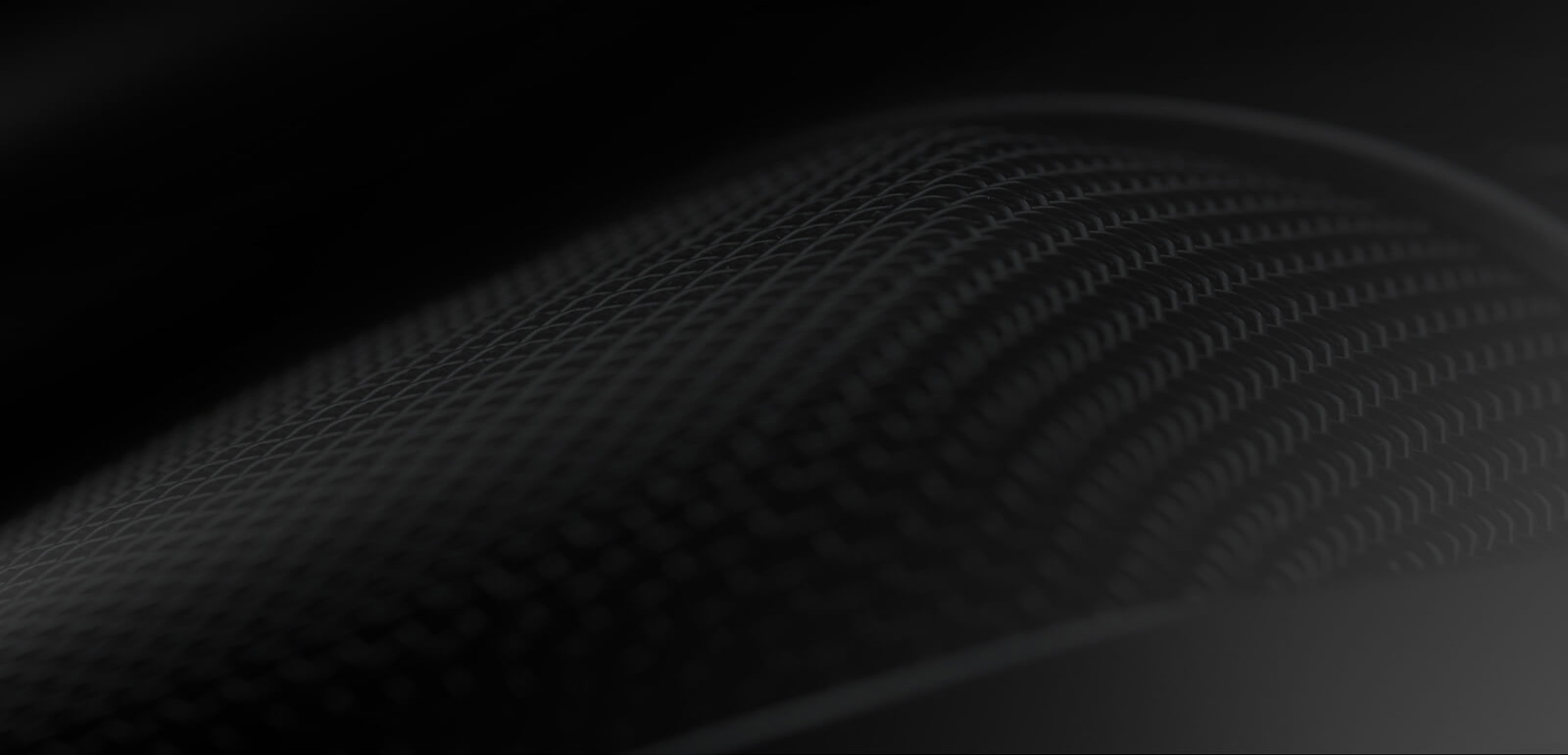Applications
The design of the TLM 50 is based on the legendary M 50 and has very unique acoustic features. It provides a tool for capturing both direct sound from the instruments and a balanced image of the reverberant environment and is therefore especially suited for stereo recordings with two main microphones.
Acoustic features
The diaphragm of the pressure capsule is 12 mm in diameter and is only 5 µm thick. As a result it has a remarkably fast transient response. The diaphragm is made out of titanium, manufactured by Neumann in a proprietary electroplating process.
The headgrille is acoustically very transparent. Even extreme sound pressure levels do not at all affect the transducer's response. Of course, the headgrille also protects the microphone capsule from mechanical shock and serves as wind and pop screen.
Electrical features
The letters TLM stand for "transformerless microphone". The usual output transformer is replaced in the TLM 50 by an electronic circuit. As with traditional transformers, this technique ensures good common mode rejection, and prevents RF interference, that may influence the balanced audio signal. The transformerless microphone amplifier provides low self noise, fast transient response, and high output capability.
To protect the capsule from hum pickup through the gauze mesh, it is designed as an "active capsule": The capsule housing contains the impedance converter built as a hybrid module. The resulting audio signal is fed with low impedance to the filter and output stage in the housing.
Filter and attenuation
A -10 dB switch and a high-pass filter for the attenuation of frequencies below 100 Hz are located at the rear of the microphone. In the position LIN, the cutoff frequency is 30 Hz. Its purpose is to protect the following equipment from subsonic interference (for example strong air currents).
The -10 dB function is achieved by reducing the capsule polarizing voltage from 60 V to 23 V. It helps to avoid overloading the following units during very high sound pressure levels. The switch does not extend the dynamic range of the microphone amplifier, but shifts it upward by 10 dB.
Cable suspension
The recommended accessories, such as cables and connectors, provide sufficient stability and therefor allow suspending the TLM 50 eg. from the ceiling of a concert hall with the included MNV 87 auditorium hanger freely from its own cable.
)















